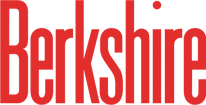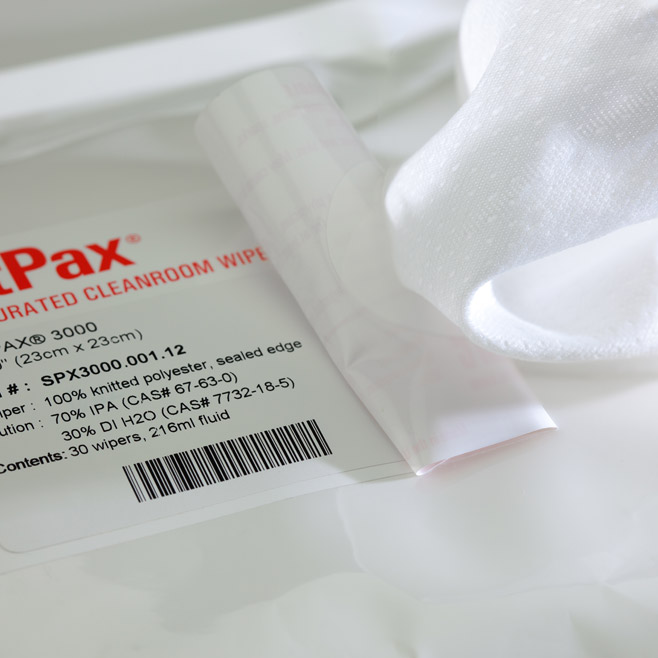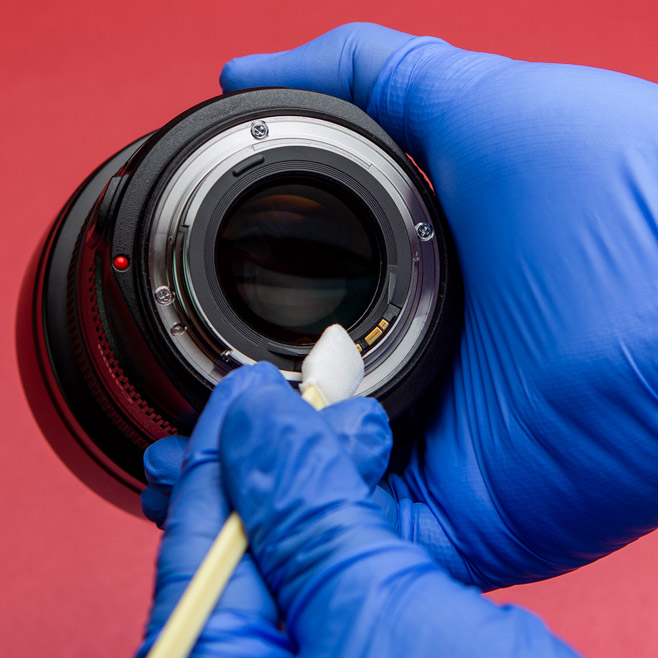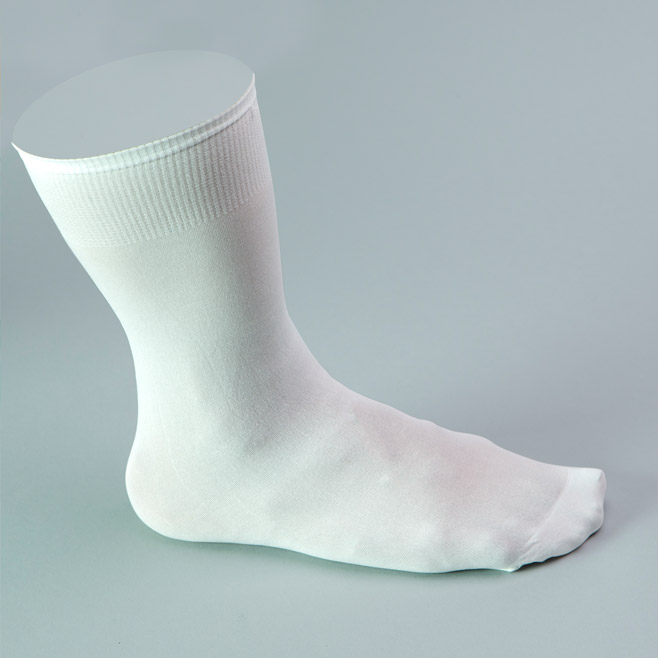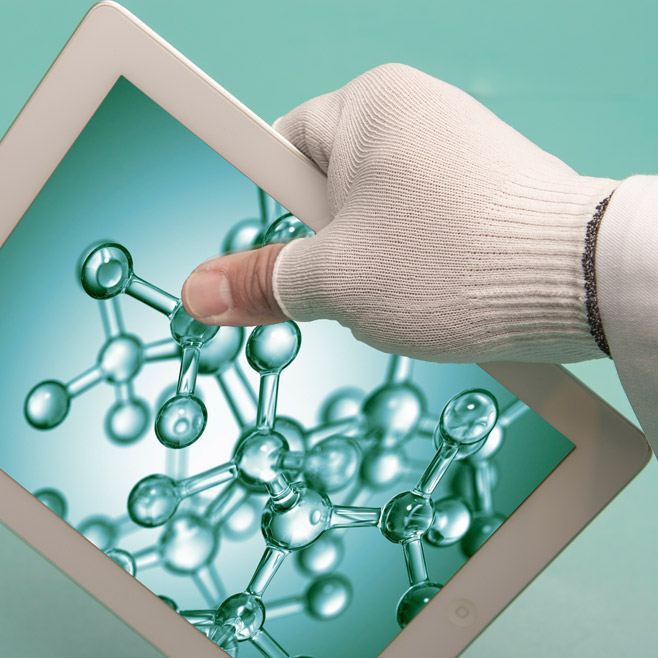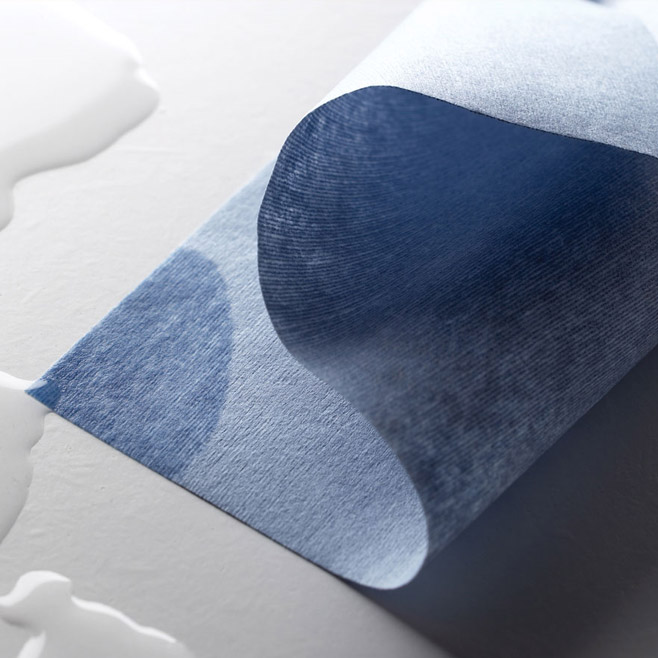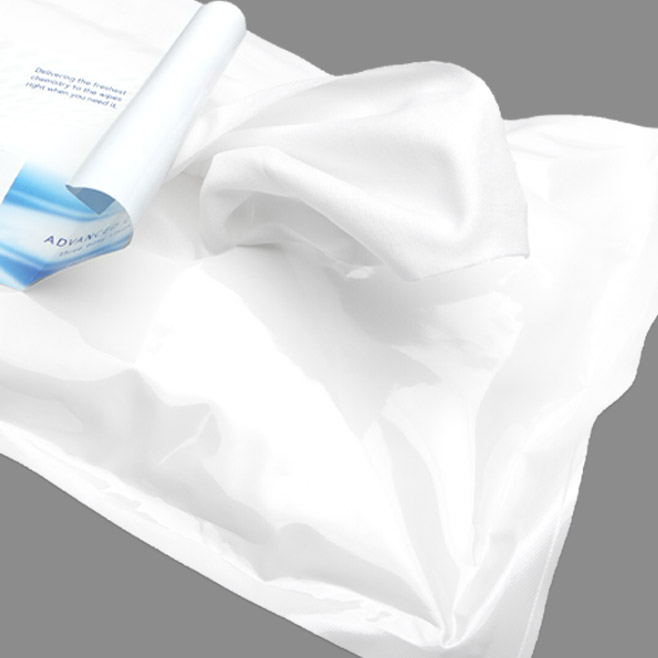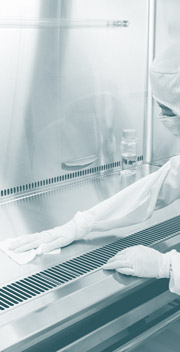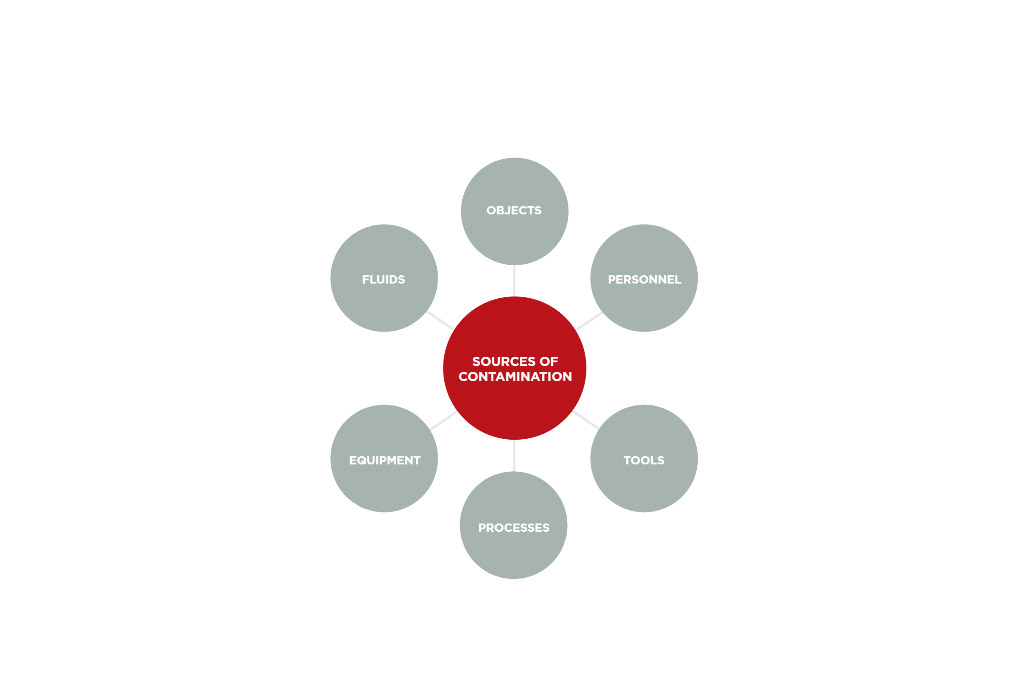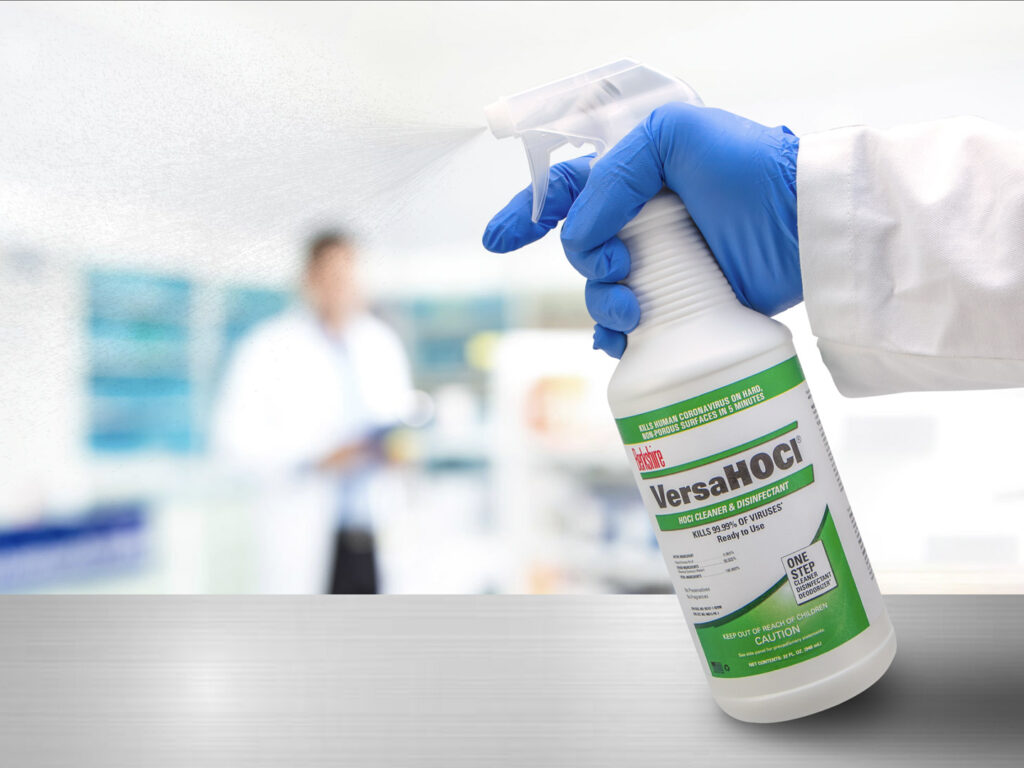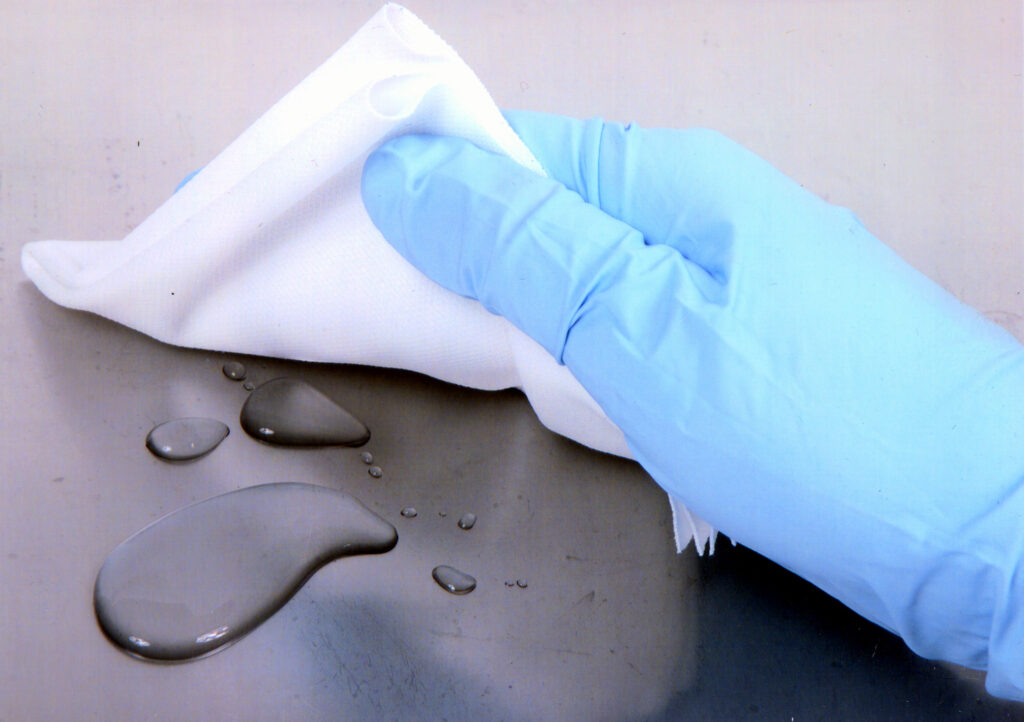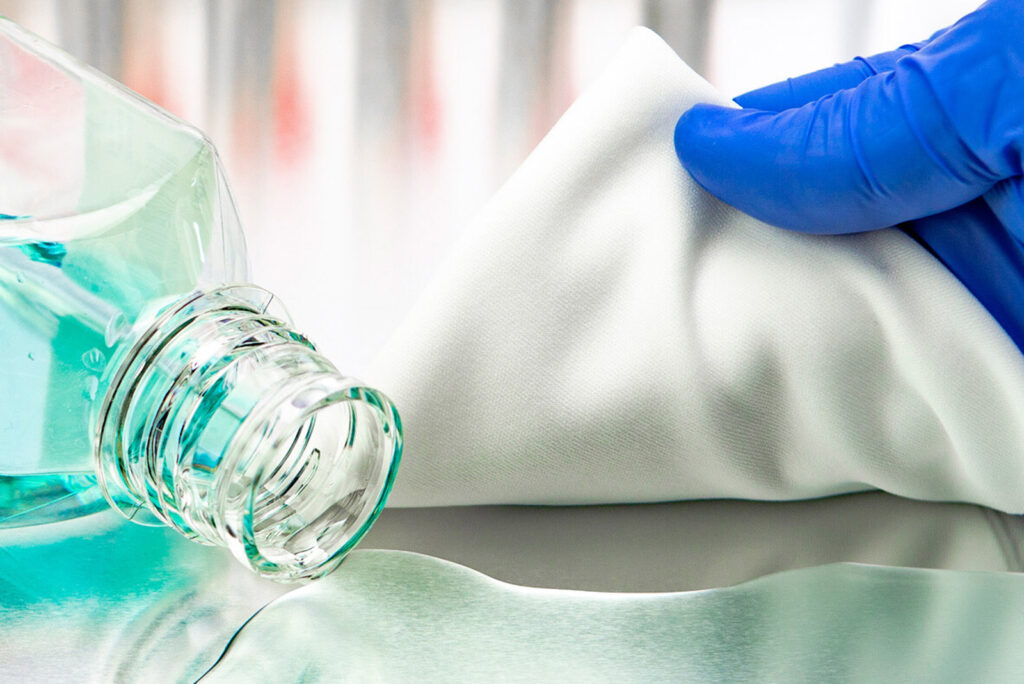SOURCES OF CLEANROOM CONTAMINATION What Are The Most Common Sources Of Contamination In A Cleanroom? People & Personnel – saliva, skin flakes, human hair, cosmetics, perspiration Objects – floating particles from aerosols, moisture Fluids – process residues: grease, lubricant oil residue, solvent residue, process chemicals Tools -stagnant water in water lines and tanks is prone [Read More…]
Category Archives: Cleaning & Disinfection
Considerations For a Successful EU ANNEX-1 Contamination Control Strategy Contamination control is a regulatory requirement. Effectively managing microbial contamination within companies requires establishing a comprehensive contamination control system (CCS) as an essential component of their operational processes to ensure successful product outcomes. This process involves deeply understanding potential contamination risks and the scientific principles underlying [Read More…]
Swabs are standard in the cleanroom industry, playing vital roles from surface sampling to precision cleaning and tackling those tricky recessed areas where contamination often hides. Our Lab-Tips® Cleanroom Swabs are designed with versatility, offering the highest quality standards and unmatched precision across a diverse range of cleanroom and industrial uses. Discover how our swabs [Read More…]
What are the advantages of quats? The advantages of quats make them a top choice for cleaners. Quats have excellent wide-spectrum germ-killing ability, film-forming residual, low toxicity and corrosivity, are simple to use, have a good shelf life, work in various pH ranges, are highly concentrated, have no odor, and are safe on most surfaces. [Read More…]
Bleach is a widely recognized household solution consisting of sodium hypochlorite and water. This powerful oxidizing agent can corrode or disintegrate most metals and can produce toxic chlorine gas when combined with acids or other chemicals. Additionally, bleach has a corrosive and bleaching effect on various materials and can cause skin, eye, and respiratory irritations. [Read More…]
Quaternary ammonium compounds (QACs), also known as quats, are widely used as cleaners and disinfectants in the food industry. They have a permanent positive charge that binds readily to the surfaces of most microbes. QACs are effective at concentrations ranging from 200 to 400 ppm for various food-contact surfaces and remain stable and effective for [Read More…]
Everyday surface cleaning is critical in various environments such as cleanrooms, pharmacies, hospitals, long-term care facilities, and veterinary clinics to prevent the spread of contamination. Each of the six cleaning stages helps an operator focus on a critical aspect of effective surface cleaning, from preparing the surface for thorough cleaning by removing debris to destroying [Read More…]
To ensure a cleanroom stays uncontaminated, following standard operating procedures for proper hand hygiene, garbing, gloving, and personnel activity before entering the cleanroom is crucial. Refer to IEST-RP-CC027: Personnel Practices and Procedures in Cleanrooms and Controlled Environments. When selecting the appropriate cleanroom wipe, consider various factors, such as size, material, and edge type. To evaluate [Read More…]

